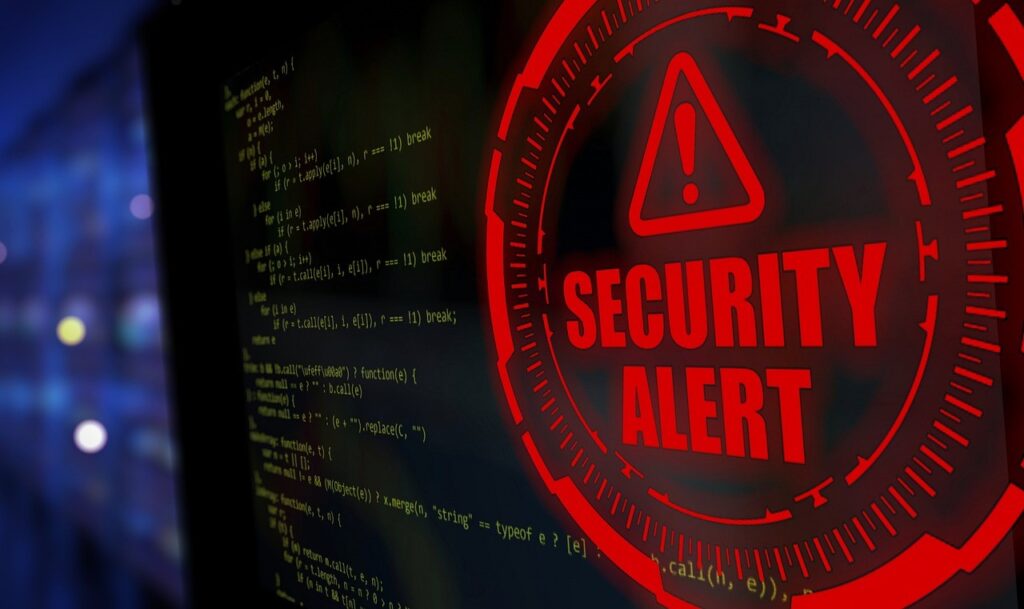In the realm of cybersecurity, organizations often focus their efforts on defending against external threats such as malware, phishing scams, and ransomware attacks. However, an equally significant and often overlooked risk comes from within the organization itself – insider threats. Insider threats refer to the potential for employees, contractors, or trusted partners to misuse their access privileges and intentionally or unintentionally compromise the security of the organization. In this blog post, we’ll explore the rise of insider threats, the different types of insider threats, and strategies for protecting your organization from within.
Understanding Insider Threats:
Insider threats can take various forms, ranging from malicious insiders with malicious intent to negligent employees who inadvertently compromise security. Common types of insider threats include:
1. Malicious Insiders: These individuals intentionally abuse their access privileges to steal sensitive information, sabotage systems, or disrupt operations for personal gain or malicious purposes. Malicious insiders may include disgruntled employees, former employees, or contractors with insider knowledge of the organization’s systems and processes.
2. Negligent Employees: Negligent insiders pose a significant risk to organizations by inadvertently exposing sensitive information, falling victim to phishing scams, or failing to follow security policies and best practices. Negligent behavior may include clicking on suspicious links or attachments, sharing passwords or login credentials, or accessing sensitive data on unsecured devices or networks.
3. Compromised Accounts: Insider threats can also arise from compromised accounts resulting from stolen credentials, weak passwords, or unauthorized access. Cybercriminals may exploit compromised accounts to infiltrate networks, steal sensitive data, or conduct fraudulent activities without detection.
The Impact of Insider Threats:
Insider threats can have severe consequences for organizations, including:
– Financial Losses: Insider threats can result in financial losses stemming from data breaches, intellectual property theft, or operational disruptions.
– Reputational Damage: Insider incidents can damage the organization’s reputation and erode customer trust, leading to long-term reputational harm.
– Regulatory Compliance Violations: Insider breaches may result in regulatory fines, legal liabilities, and non-compliance with data protection and privacy regulations.
– Loss of Intellectual Property: Insider threats pose a risk to intellectual property, trade secrets, and proprietary information, jeopardizing the organization’s competitive advantage and innovation capabilities.
Protecting Your Organization from Insider Threats:
While insider threats pose a significant risk to organizations, there are several strategies for mitigating the risks and protecting against insider incidents:
1. Implement Least Privilege Access: Limit access privileges to the minimum level necessary for employees to perform their job functions effectively. By implementing the principle of least privilege access, organizations can reduce the risk of insider abuse and unauthorized access to sensitive information.
2. Monitor User Activity: Implement user activity monitoring and auditing solutions to track and analyze user behavior across networks, systems, and applications. By monitoring user activity, organizations can detect suspicious behaviors, anomalies, and potential insider threats in real-time.
3. Enforce Strong Authentication: Implement strong authentication measures, such as multi-factor authentication (MFA) and biometric authentication, to verify users’ identities and prevent unauthorized access to systems and data. Strong authentication mechanisms add an additional layer of security beyond passwords and reduce the risk of credential-based attacks.
4. Educate and Train Employees: Provide comprehensive cybersecurity training and awareness programs to educate employees about insider threats, security best practices, and the importance of protecting sensitive information. Empower employees to recognize and report suspicious activities and adhere to security policies and procedures.
5. Establish Insider Threat Detection Program: Develop and implement an insider threat detection program to proactively identify and mitigate insider threats. Establish policies, procedures, and controls for detecting, investigating, and responding to insider incidents effectively.
6. Monitor and Manage Third-Party Access: Manage third-party access to organizational systems and data carefully, including contractors, vendors, and business partners. Implement controls, contracts, and agreements to govern third-party access and ensure compliance with security policies and standards.
Conclusion:
Insider threats pose a significant risk to organizations, requiring proactive measures and effective strategies to mitigate the risks and protect against insider incidents. By understanding the different types of insider threats, implementing security controls and best practices, and fostering a culture of security awareness and vigilance, organizations can strengthen their defenses and safeguard against insider threats effectively. By prioritizing insider threat detection, monitoring user activity, enforcing strong authentication, and educating employees about the risks of insider threats, organizations can protect their sensitive information, maintain the integrity of their systems, and preserve trust and confidence in their operations.

